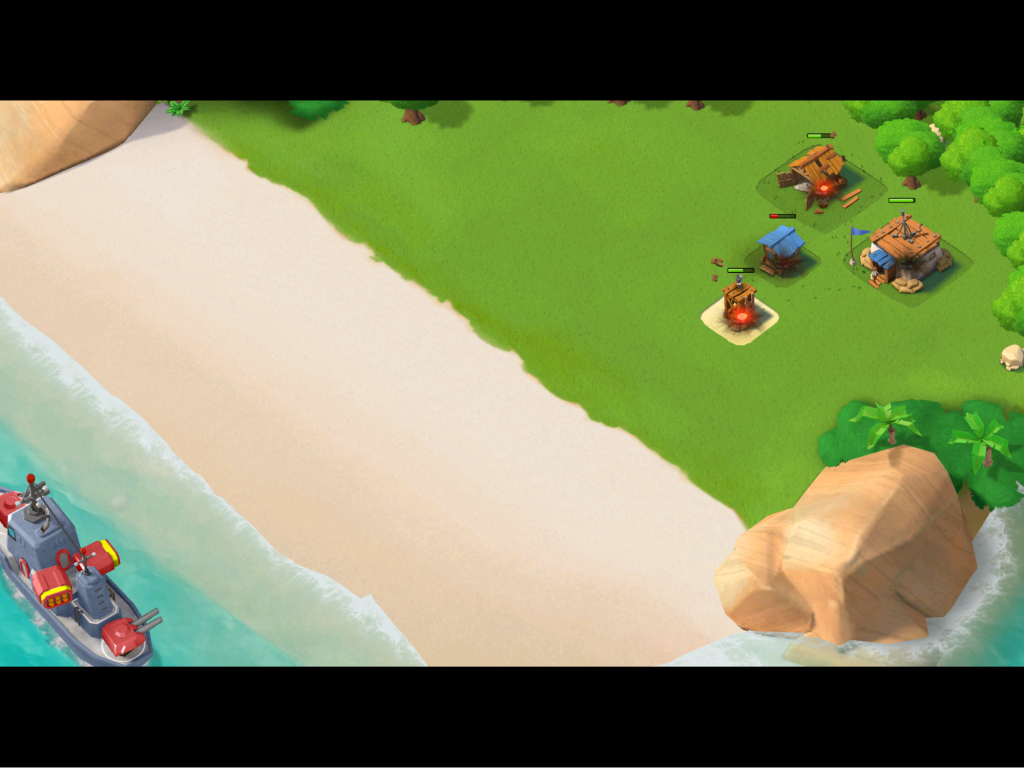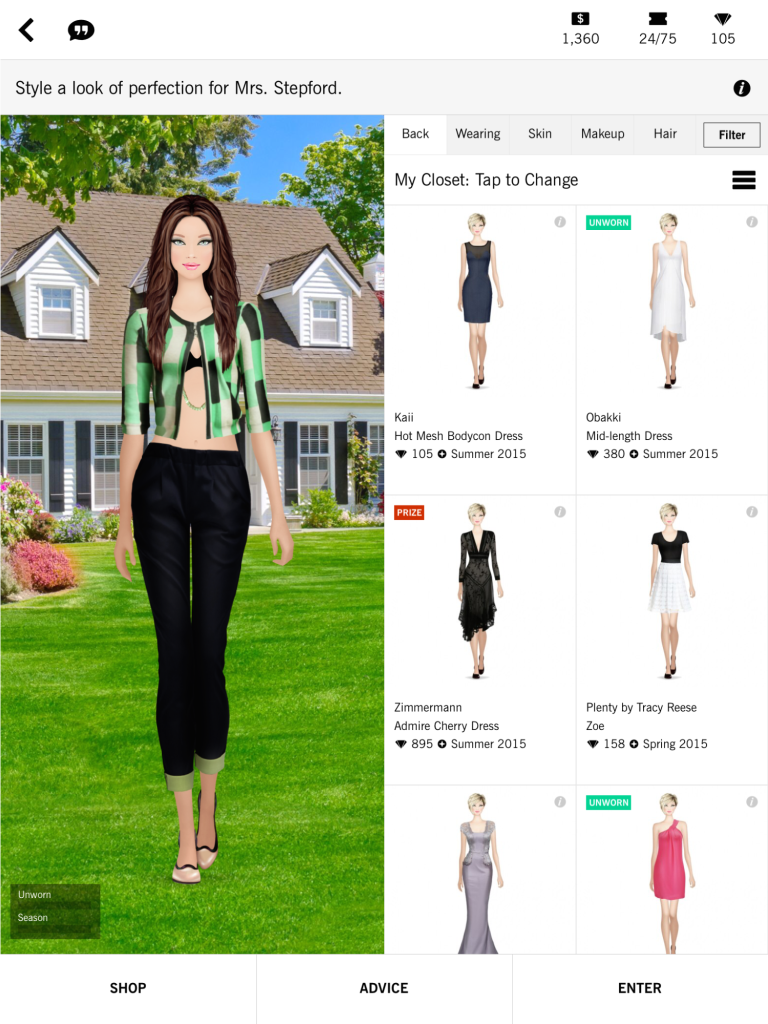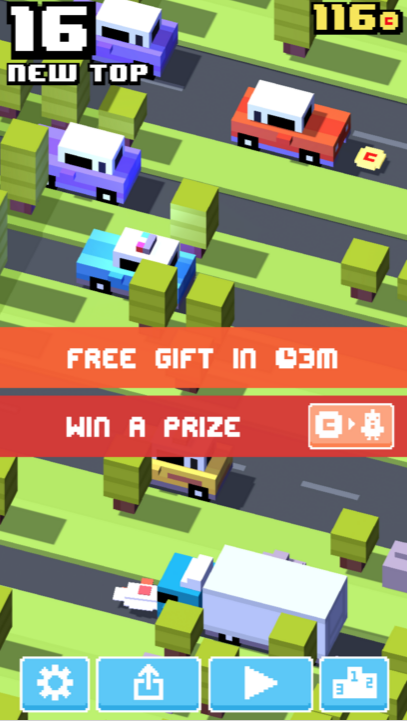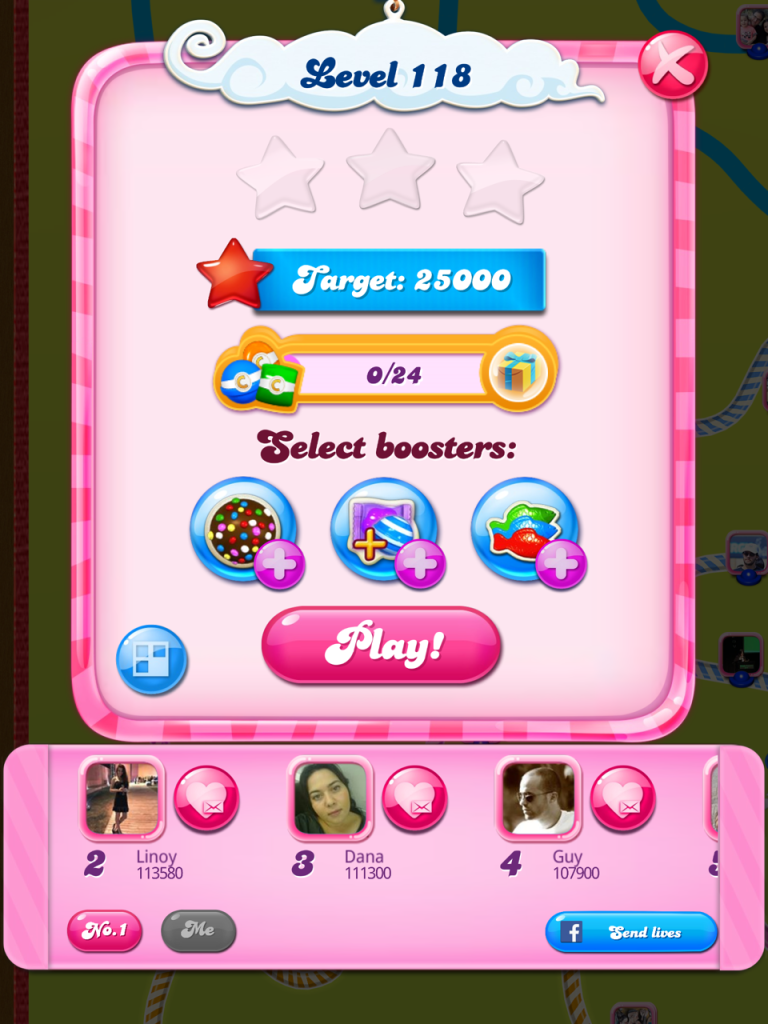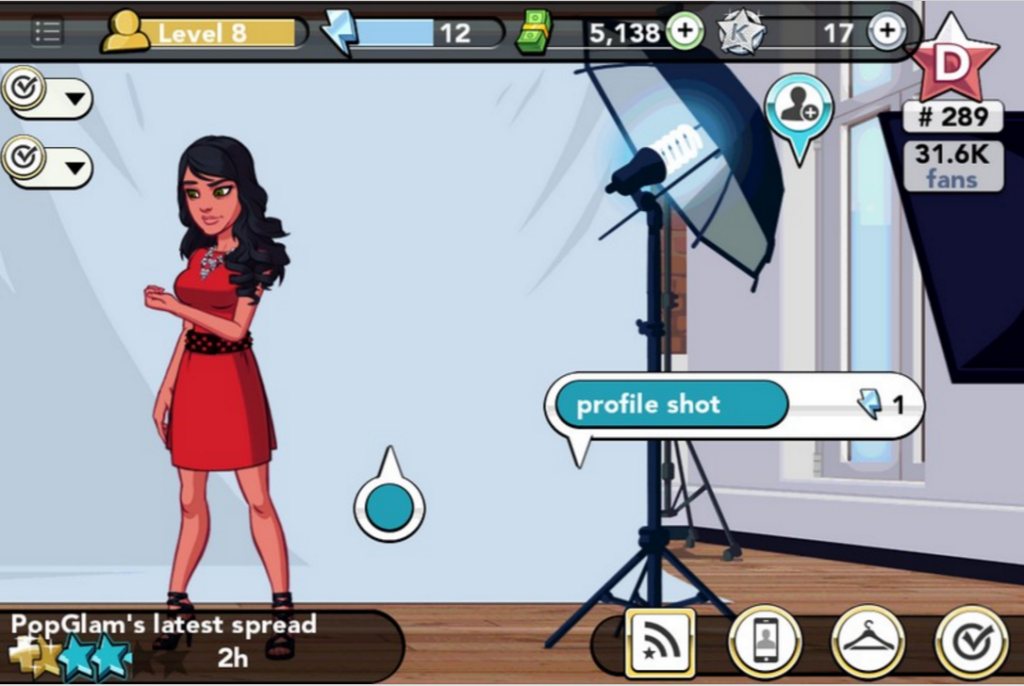(Dori’s note: This post was originally published on App Annie’s blog, and was crafted with their editorial team).
Free-to-play (F2P) mobile games aren’t just digital games on the phone. You can’t just copy what worked on consoles or computers and expect the same success. The content has to fit the medium, and mobile F2P games dictates a very specific approach: continual user retention. For a mobile game to thrive and earn revenue it needs to be played several times a week and better yet, a day – until a habit of playing is formed and game sessions become an integral part of a user’s routine.
User retention is one of the most important performance metrics. If the 1st day retention is less than 60%, and 7 day retention is less than 20%, a mobile game is far less likely to be a hit. Recent studies show that big spenders (whales) take the longest to convert from free to paying users, 15 days an average.
5 Delightful Hooks To Retain Users
1. Launch as Fast as Possible, and Get to the Point!
For users to return to your game, they have to experience and enjoy their first session. Users that are turned off in the beginning may never give the game a second chance.
Here are how to remedy some common launch mistakes:
- If your game normally requires an internet connection, offer an offline play option for new users.
- Allow users to skip any E-mail/Facebook login to start playing.
- Delay secondary downloads within the game until players have completed early portions of gameplay. During necessary in-app downloads include a progress bar and visuals to keep users enticed.
Design is important to avoid obstacles and allow users to quickly experience the core gameplay. Boom Beach is a great example of putting users right into the action. It takes 3 taps to get to the game’s essence: Start the game, build the first tower and watch the battle.
2. Gaps of Knowledge
Generating curiosity is one of the best ways to keep players returning to a game. There are many ways to do that but one of the most effective ways to create curiosity is to delay feedback.
Let’s take Covet Fashion, a social dress up game as an example. Players dress up for various fashion events like a movie premiere. After a quick shopping spree, mixing and matching fashion and critiques from friends, players submit their looks to the event.
Most games would give players feedback (scores or other ratings) right after submission. But since Covet Fashion is a social dressup game and looks are being voted upon, players have to wait–sometimes up to a couple of days – until the final results are in. By the time the results are in players are exploding with curiosity to see how well did they do and what prizes did they get.
From the game design perspective it is intuitive to provide feedback right after an action. But for a habit forming goal doing the opposite keeps users intrigued and wanting more.
3. Progress Investment
The more time and money that a player has put into a game, the more likely they are to continue to play it. Research has shown that sometimes just a sense of progression could make people more committed to a process. Marketing researchers Joseph Nunes and Xavier Dredes performed an experiment on loyalty programs.
In the course of a month, 2 types of loyalty stamp cards were handed out in an A/B testing manner. One card provided a free product after 8 previous purchases; the other gave the same free product after 10 purchases, with two stamps already marked. Although technically the same, the already stamped card saw 50% more completion rate. This translates to users who are more committed to a process that has already made some progress in it.
Back to games, there are plenty of ways to offer a sense of progression to players, even if they just started playing. Take Crossy Road as an example. Right after the first run players are given a free gift and a short 3 minute timer starts for the next reward. With the gift (500 coins), players buy a “prize” – a new character. In no more than a minute after starting the game, players already have two characters in their new collection and can get a third in another 3 minutes.
4. Think Social, Competitive and Co-Op
Socially engaged players are worth 3 times more than anonymous players .This makes it important to persuade your users to log in via Facebook.
According to the Bartle’s 4 player types, two players’ personnas would benefit greatly from social features. The achievers, players who love competition, would be driven to engagement by leaderboards and zealousness in their friends’ progression. The social map and level leaderboard from Candy Crush Saga would appeal to them.
The socializer personas would enjoy co-op. When people work together towards a similar goal they tend to be more engaged, and commitmented groups have a higher retention than lonewolf users.
Returning back to Covet Fashion, the Fashion House feature is a clan of players working towards a common goal. Those in the same Fashion House can borrow clothes from one another and wear them to fashion events; members can also send looks for the group to review before submitting it to an event. Players who join a fashion House have an enriched social experience and perks over less engaged users.
5. Triggering an Engaged Response
Many users don’t organically return to a new game and might need a little convincing. Push notifications can be a great means to call users back to a game after they’ve left. Some games remind users to “Come back and play” or state “Your army hasn’t forgotten their leader!”.
Alas this passive approach doesn’t always tap on users’ motivation to come back to a game. Even more effective push notifications come straight from the game’s core loop and call users to come back and continue great gameplay sessions.
In Kim Kardshian: Hollywood, the road to fame is paved with glamorous events that have a duration of a few hours. Unless users bought some in-app purchases (IAPs) to speed things up, these events would take more than one game session to complete. 10 minutes prior to an event’s conclusion, users get this notification: “Your (glamorous event) is over in 10! Get as many stars as you can!”
The message is highly effective for several reasons:
- Urgent: there are only 10 minutes to act before the event is over
- Concrete: users know exactly what is requested from them (as opposed to a generic “come back and play”)
- Motivating: not complying to this notification means a possible loss of the progress made in the event
Another effective push notification scheme is a one that fills a gap of knowledge, like “Your event results are in! Tap to see what you’ve won”.
Both notification schemes are a direct cause of player actions and that’s what makes them so enticing.
Bringing it Together
F2P games should be designed for retention to maximize revenue and return of investment. This mindset is an integral part of mobile game design, not just a top layer mimicking a paid game.
Free games have to launch as fast as possible and implement potential gaps of knowledge in users during the first session. Processes that users begin will need to take continual game sessions, often supported with push notifications. Lastly, implementing co-op thinking into a game might boost users’ engagement and commitment to the game, resulting in longevity and a healthy game life.
With these great hooks users will organically return time and time again.

